
How to Choose the Right NIFT Campus in India: Ranking and Specializations
Getting into NIFT is a big achievement for any fashion and design aspirant. Once the results are out, the biggest question students face is how

Cracking the National Institute of Design (NID) entrance exam is a coveted achievement for aspiring design professionals. This highly competitive assessment goes beyond rote learning, demanding a unique blend of design aptitude, creativity, and strong foundational skills. But fear not, future design mavericks! With the right preparation approach, you can conquer each section of the NID Entrance Exam 2024 and unlock the doors to NID’s prestigious design programs.
This blog post equips you with a section-wise roadmap to navigate the NID entrance exam with confidence. We’ll delve into the key sections – Design Aptitude Test (DAT), General Ability Test (GAT), and the Studio Test – providing targeted preparation tips and strategies for each. So, grab your design thinking cap and get ready to unleash your creative potential!
The Design Aptitude Test (DAT) is designed to assess candidates’ design aptitude, creativity, visualization skills, and problem-solving abilities. It comprises various components, including:
– Visual Perception: Assessing candidates’ ability to perceive and interpret visual information accurately.
– Creativity: Evaluating candidates’ creativity through tasks such as sketching, doodling, and idea generation.
– Drawing Skills: Testing candidates’ drawing proficiency and ability to express ideas visually.
– Problem-Solving: Presenting candidates with design challenges and evaluating their ability to devise innovative solutions.
Click here for more Information NID entrance coaching classes | Crack NID entrance coaching
– Do practice drawing from observation to enhance your visual perception skills.
– Do experiments with different drawing mediums and techniques to broaden your skill set.
– Do brainstorm and explore multiple solutions when faced with design challenges.
– Do seek feedback from peers and mentors to gain diverse perspectives on your work.
– Don’t rely solely on your existing drawing skills; practice regularly to improve.
– Don’t limit yourself to familiar subjects or styles; explore diverse topics and approaches.
– Don’t procrastinate; start preparing early and maintain a consistent study schedule.
– Don’t panic if you encounter challenging questions; stay calm and approach problems methodically.
Check out other popular location NID Coaching in Bangalore | NID Coaching in Mumbai | NID Coaching in Delhi | NID Coaching in Pune
The Studio Test assesses candidates’ hands-on skills, material exploration, and ability to work in a studio environment. It typically consists of practical tasks that test candidates’ ability to ideate, prototype, and execute design solutions under timed conditions.
– Do practice working with various materials to familiarize yourself with their properties and applications.
– Do prioritize tasks during the studio test based on their complexity and time constraints.
– Do focus on refining your ideas and prototypes to create polished design solutions.
– Do collaborate and communicate effectively with team members if the studio test involves group work.
– Don’t overlook the instructions provided for each task; read them carefully before starting.
– Don’t get discouraged if your initial ideas don’t work out; be open to iteration and refinement.
– Don’t ignore time management; allocate sufficient time for ideation, prototyping, and presentation.
– Don’t hesitate to ask for help or clarification if you encounter challenges during the studio test.
The Portfolio Presentation allows candidates to showcase their creative work, design projects, and artistic achievements. It provides an opportunity for candidates to demonstrate their design thinking, aesthetic sensibility, and technical skills to the examiners.
– Do showcase a diverse range of projects in your portfolio to demonstrate your versatility as a designer.
– Do provide context and background information for each project to help examiners understand your design process.
– Do practice your portfolio presentation in front of a mirror or with friends to gain confidence and polish your delivery.
– Do engage with the examiners during the portfolio presentation, inviting questions and feedback on your work.
– Don’t include irrelevant or mediocre work in your portfolio; prioritize quality over quantity.
– Don’t rush through your portfolio presentation; take your time to explain your projects thoroughly and thoughtfully.
– Don’t rely solely on visual aids; be prepared to articulate your ideas verbally and engage with the audience.
– Don’t become defensive if the examiners offer constructive criticism; listen attentively and use feedback to improve your portfolio.
Preparing for the NID Entrance Exam 2024 requires a combination of creativity, practice, and strategic preparation. By understanding the exam’s structure, following section-wise prep tips, and knowing what to do and what not to do, candidates can enhance their chances of success and embark on a rewarding journey in the field of design.
Some beneficial drawing exercises include gesture drawing, figure drawing, perspective drawing, and still life studies. These exercises help improve observation skills, drawing accuracy, and visual communication abilities.
The Studio Test is a crucial component of the NID Entrance Exam as it assesses candidates’ practical skills, creativity, and ability to execute design solutions. It provides examiners with insights into candidates’ hands-on abilities and problem-solving approach.
Your design portfolio should include a variety of projects that showcase your creativity, technical skills, and design thinking process. Include sketches, renderings, prototypes, and final outcomes, along with brief descriptions and explanations of each project.
Time management is crucial during the exam. Practice working under timed conditions and develop a strategy for allocating time to each task. Prioritize tasks based on their complexity and importance, and remain flexible in adapting to unexpected challenges.
While professional guidance can be beneficial, it’s not mandatory for NID Entrance Exam preparation. Self-study, practice, and perseverance are equally important. However, if you feel the need for additional support or mentorship, consider enrolling in a reputable design coaching institute or seeking guidance from experienced designers.
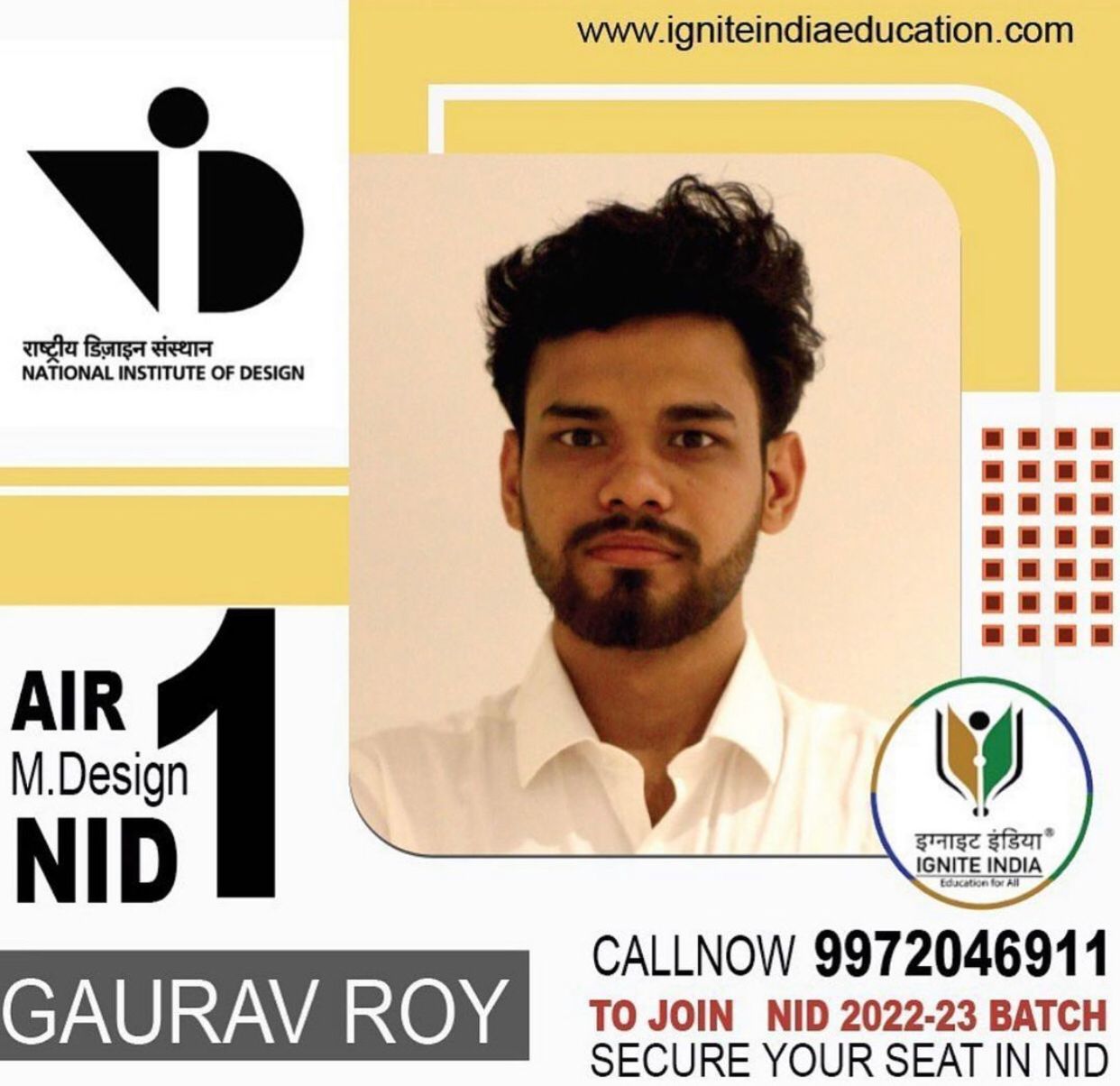

Getting into NIFT is a big achievement for any fashion and design aspirant. Once the results are out, the biggest question students face is how

Preparing for the NIFT entrance exam is a big step for any student who wants to enter the world of design and fashion. Many students

Choosing the right design college is not only about selecting a stream like fashion, product, animation, or communication design. It is also about understanding the

Fashion design has become one of the most exciting and creative fields today. Many students dream of learning fashion, drawing ideas, understanding fabrics, and creating

The Bachelor of Business Administration (BBA) is a popular undergraduate course for students aspiring to pursue a career in business management. With a rapidly evolving
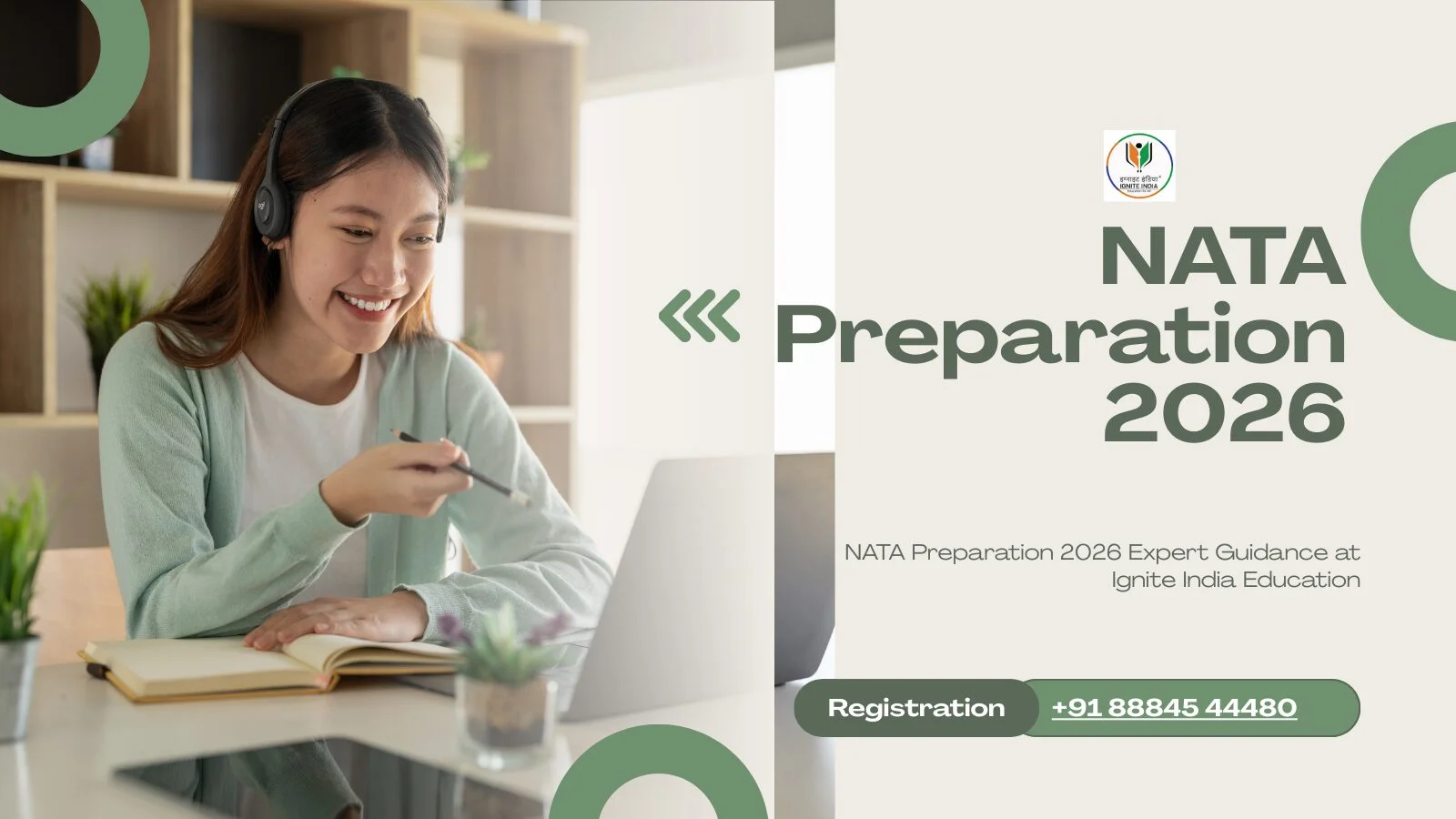
The National Aptitude Test in Architecture (NATA) is one of the most important exams for students aiming to pursue a career in architecture. Whether you

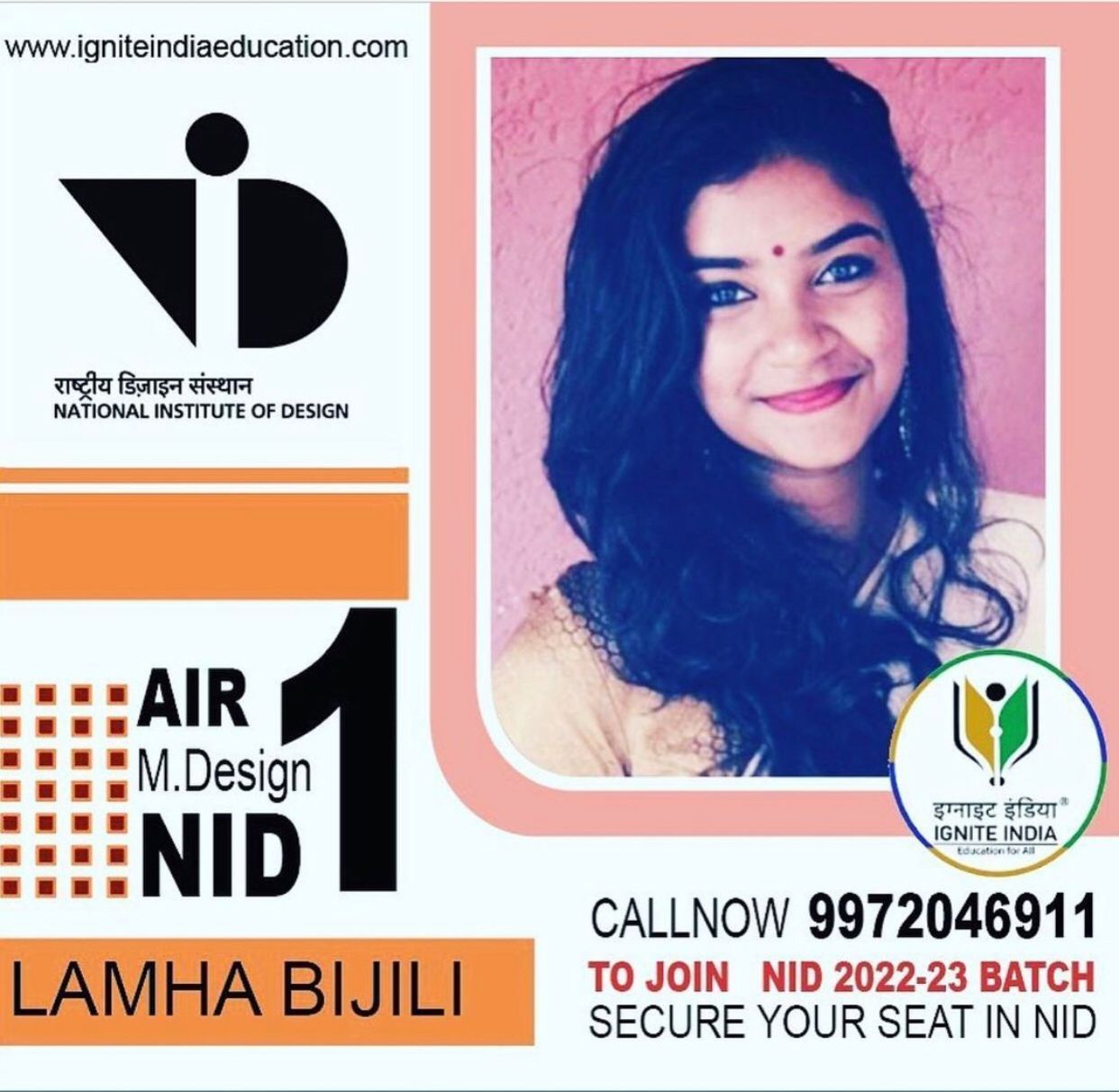

By signing up for IgniteIndia. You agree to the Terms of Services and PrivacyPolicy of the platform.
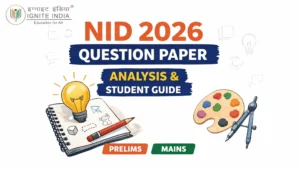
Every year, thousands of students try to be accepted into NID; however, the majority of them are uncertain about one fundamental aspect: what kinds of

Preparing for the NID entrance exam can feel confusing when you are just starting. Many students know they want to study design, but they are

Choosing the right master’s degree can shape not just your career, but your entire future. For students who want strong career growth along with good

Getting into NIFT is a big achievement for any fashion and design aspirant. Once the results are out, the biggest question students face is how

Preparing for the NIFT entrance exam is a big step for any student who wants to enter the world of design and fashion. Many students

Choosing the right design college is not only about selecting a stream like fashion, product, animation, or communication design. It is also about understanding the
Fashion Designer, Educational and Career Counselor. He is an alumnus of NIFT and won the Best Graduation Project Award. He is guiding students from the past 15 years.
Fashion & Textile Designer, Educational and Career Counselor. He is an alumnus of NIFT and won the Best Graduation Project Award. He is guiding students from the past 10 years.
Ignite India Education is inspired by the former President of India Bharat Ratna Dr. APJ Abdul Kalam’s vision of “India Beyond 2020”. Our aim is to fulfil his vision by empowering society and transforming India into a developed nation through education.
Ignite India Education is inspired by the former President of India Bharat Ratna Dr. APJ Abdul Kalam’s vision of “India Beyond 2020”. Our aim is to fulfil his vision by empowering society and transforming India into a developed nation through education.
Fashion Designer, Educational and Career Counselor. He is an alumnus of NIFT and won the Best Graduation Project Award. He is guiding students from the past 15 years.
Fashion & Textile Designer, Educational and Career Counselor. He is an alumnus of NIFT and won the Best Graduation Project Award. He is guiding students from the past 10 years.
Ignite India Education is inspired by the former President of India Bharat Ratna Dr. APJ Abdul Kalam’s vision of “India Beyond 2020”. Our aim is to fulfil his vision by empowering society and transforming India into a developed nation through education.
Fashion & Textile Designer, Educational and Career Counselor. He is an alumnus of NIFT and won the Best Graduation Project Award. He is guiding students from the past 10 years.


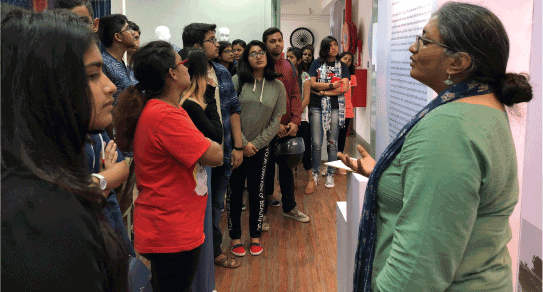




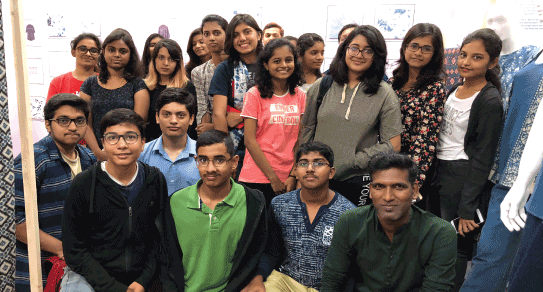
Ignite India Alumni networks provide the long-term value to an educational institution by giving alumni the chance to stay in contact and continue to learn from each other long after they have left Institute. Ignite India is a Well Known Design Institute that equips students for success in career.
